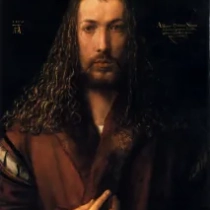 1471 - 1528
renaissance - northern
1471 - 1528
renaissance - northern
Description Albrecht Durer
Albrecht Dürer, a luminary of the Northern Renaissance, hails from Nuremberg, Germany. His artistic legacy transcends temporal confines, an alchemy of innovation and tradition. As a polymath, Dürer's pursuits extended beyond the canvas; he was a master engraver, mathematician, and theorist.
Dürer's early apprenticeship in his father's workshop ignited his passion for art. His travels across Europe enriched his aesthetic palette, exposing him to Italian Renaissance ideals. His work, notably "Self-Portrait at Twenty-Eight," encapsulates a self-assured gaze and a profound introspection that marked his oeuvre.
In the realm of printmaking, Dürer's woodcuts and engravings achieved unparalleled intricacy. "Knight, Death, and the Devil" and "Melencolia I" stand as testament to his virtuosity. Dürer's technical prowess and keen observation blended with symbolism, offering viewers visual puzzles that transcended mere representation.
Beyond artistic realms, Dürer's "Four Books on Human Proportion" reflected his fascination with mathematics and anatomy. His intellectual curiosity manifested in treatises on fortifications and perspective, cementing his status as an intellectual force.
Dürer's legacy intertwines with the cultural tapestry of his time. His correspondence with humanists and thinkers reveals a mind hungry for knowledge. Yet, his life wasn't devoid of challenges; financial struggles and personal losses peppered his journey.
In the twilight of the Northern Renaissance, Dürer's influence waned, but his impact endures. His prints found new life as agents of cultural exchange, spreading across Europe. Dürer's legacy is a testament to the symbiosis of art and intellect, a perennial wellspring of inspiration for generations that followed.
Gallery
Paintings Albrecht Durer
Quotes
For in truth, great love is born of great knowledge of the thing loved.
I hold that the perfection of form and beauty is contained in the sum of all men.
Anyone who has once become a good engraver is a freeman of the whole art of painting.
Art is the highest form of hope.
Nature is the master of all masters.
F.A.Q Section
"Melencolia I" (1514): A mysterious and complex engraving that is often regarded as one of Dürer's most enigmatic pieces.
"The Knight, Death, and the Devil" (1513): A copperplate engraving depicting a knight on horseback, accompanied by allegorical figures.
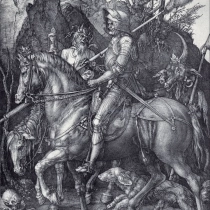
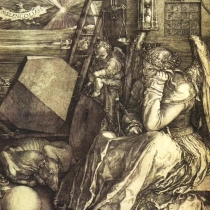

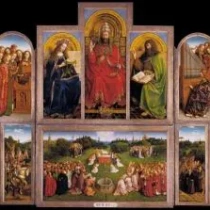
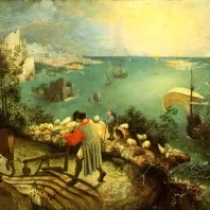
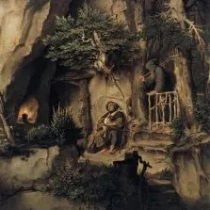
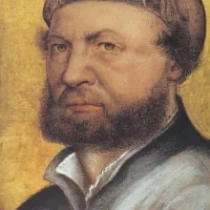
No Comments Yet...